incl. VAT plus shipping costs
Immediate delivery, express possible ![]()
More than 20 Articles in stock
Delivery only innh. Germany and Austria possible.
Switch to the German store
- Item no: 11190
Fast delivery times
All products are in stock with us!14 years of breeding experience
Let our team of experts advise you!High customer satisfaction
from over 3,000 reviews "| Water values: | soft to medium hard |
| Origin: | Asia |
| Pelvic region: | Center |
| with shrimps?: | Socialization not possible |
| with dwarf crabs?: | No |
| with snails/shells?: | conditional* (see description) |
| Planting possible?: | Yes |
| Visual effect: | Especially colorful |
| Diet: | omnivorous - omnivorous |
| Difficulty: | 2 - Normal |
| Breeding: | medium |
| Final size: | > 12cm |
| Fish group: | Labyrinth fish |
| Aquarium size: | over 1000l |
| Temperature: | 25-30 °C |
Kissing gouramis have always been very popular aquarium fish and originate from the Asian region. Helostoma temminckii, as it was scientifically described, is found from Thailand to Indonesia and inhabits rather shallow waters or river arms, but also floodplains. In its native country it is mainly bred in ponds. The Golden Gurami is a light-colored breeding form of the otherwise rather gray-green Kissing Gurami. It is counted among the perches and is the only one of its kind in the family Helostomatidae. Since it is not a very easy companion and can become very large, we recommend its keeping to advanced fishers.
The kissing gourami looks almost elliptical with its slightly high back and has flat flanks. Most striking is the strongly flattened forehead which ends in a pointed terminal mouth with bulging lips. The gourami can protrude these lips, which also gave it its German name. They also have tiny movable teeth, whereas the mouth is toothless. The golden variety of the Kissing Gurami is due to a melanin deficiency, so it appears a fancy white or light pink due to the guanine reflection of its scales. The fins are also colorless or colored in the body color. Purely morphologically it is difficult to determine the sexes, but mainly the females are more rounded. In the wild the funny kissing gourami can grow up to 30 centimeters, but in the aquarium it usually stops at a maximum of 20 centimeters.
Also in the aquarium you can breed the kissing gourami. For this the animals need slightly acidic water values and an elevated temperature. As free spawners, the animals distribute their up to 1,000 eggs throughout the aquarium, which are, however, oily and therefore float to the water surface and stick to objects or plants with adhesive threads. Since the kissing gouramis are quite good spawn predators, the offspring should better be raised separately. After only one day the young hatch and can be fed from their third day of life with infusoria or slipper animals , also dust food, such as our YoungFeed is well accepted.
Since the kissing Guramis reach a stately final size, also their aquarium should be accordingly and should not be under 2 meters if possible. In addition they are group fish, which should be kept together with at least 5 conspecifics. Kissing Guramis are also labyrinth fish that breathe atmospheric oxygen. For this reason, it is imperative that the aquarium is covered so that the breathing air is at the same temperature as the aquarium water. An ambient temperature that is too cool can lead to serious illness. Your aquarium should be equipped with not too fine plants, because they would eat them. However, so-called "perch-proof" perching plants such as Anubiaswhose leaves taste bitter. Also Floating plants like the Frogbiss or Algae fern get the necessary vegetation. They do quite well in medium to hard water and like it a little warmer at 25-28 °C.
Helostoma temminckii can be well socialized with peaceful medium sized fish from similar water parameters. Especially bottom dwellers like Loricariid catfish are well suited as cleaners, as they rarely eat food remains from the bottom. Dwarf shrimps are rather not suitable for socialization, snails, which can cover up, are the most suitable. Also crayfish should better not be put with them.
Kissing gouramis are omnivores that often filter their food from the water. Small foods in granular or flake form are ideal for this purpose. However, they also eat phyto- and Zooplanktontherefore they can also be spoiled with spirulina or dust food. Small live or frozen food like Daphnia or Artemia round off their diet nicely.
Our food recommendation: With the NatureHolic BettaFeed a special food for fighting fish was tailor-made, whose soft granules remind of the consistency of insect larvae in nature. The soft beads protect the sensitive fish mouth from micro-cracks caused by too hard food grains. The specially developed NH Immune+ complex and the NH Color+ high-performance additive support the immune system and the magnificent color development of the fish.
Our plant recommendation: Use for planting NatureHolic InVitros. These are free from snails, planaria and other unwanted co-inhabitants. Also free from algae spores, bacteria and fungi.
Expert Tip: We recommend for fish keeping the NatureHolic 3 Phase Liquid. The care set offers the best all-round protection for your animals. It ensures optimal conditions for successful breeding and keeping.
| Scientific name: | Helostoma temminckii |
| German Name: | Kissing Gurami Gold |
| Difficulty level: | advanced |
| Origin/Distribution: | Asia |
| Coloration: | Elliptical body, white to pink grub color due to melanin deficiency, terminal mouth with bulging toothed lips, conspicuously large eyes. |
| Age expectancy | unknown |
| Water parameters: | GH 5-20 °dGH, KH 0-6, pH 6-8, temperature 25-28 °C |
| Tank size: | from 200 cm |
| Food | Omnivorous, granulated food, flake food, phytoplankton, zooplankton, fine live and frozen food |
| Breeding | medium |
| Behavior | peaceful, occasionally intraspecific territorial |
| Group size | at least 5 animals |
| Further information | Ten typical aquarium fish for beginners and alternatives to them, Tips for acclimating fish to the aquarium, Feeding aquarium fish properly - cheap food and what it can do |
- Item no: 11190
Entdecke die Garnelio Welt!
Garnelio gehört zu den größten Onlineshops für wirbellose Aquarientiere weltweit.
Viele Artikel gibt es exklusiv nur bei uns im Shop.

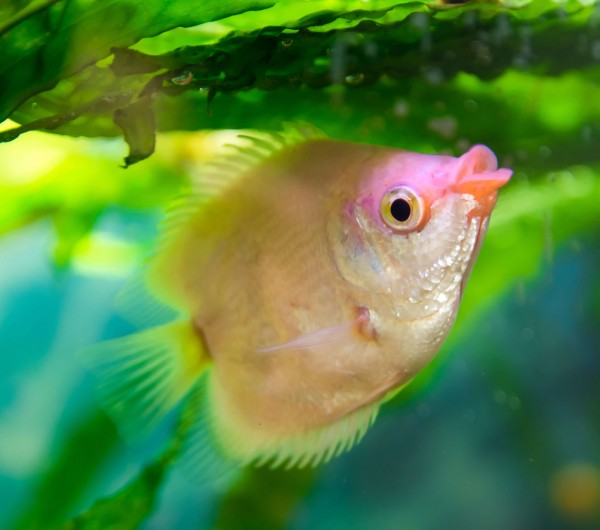
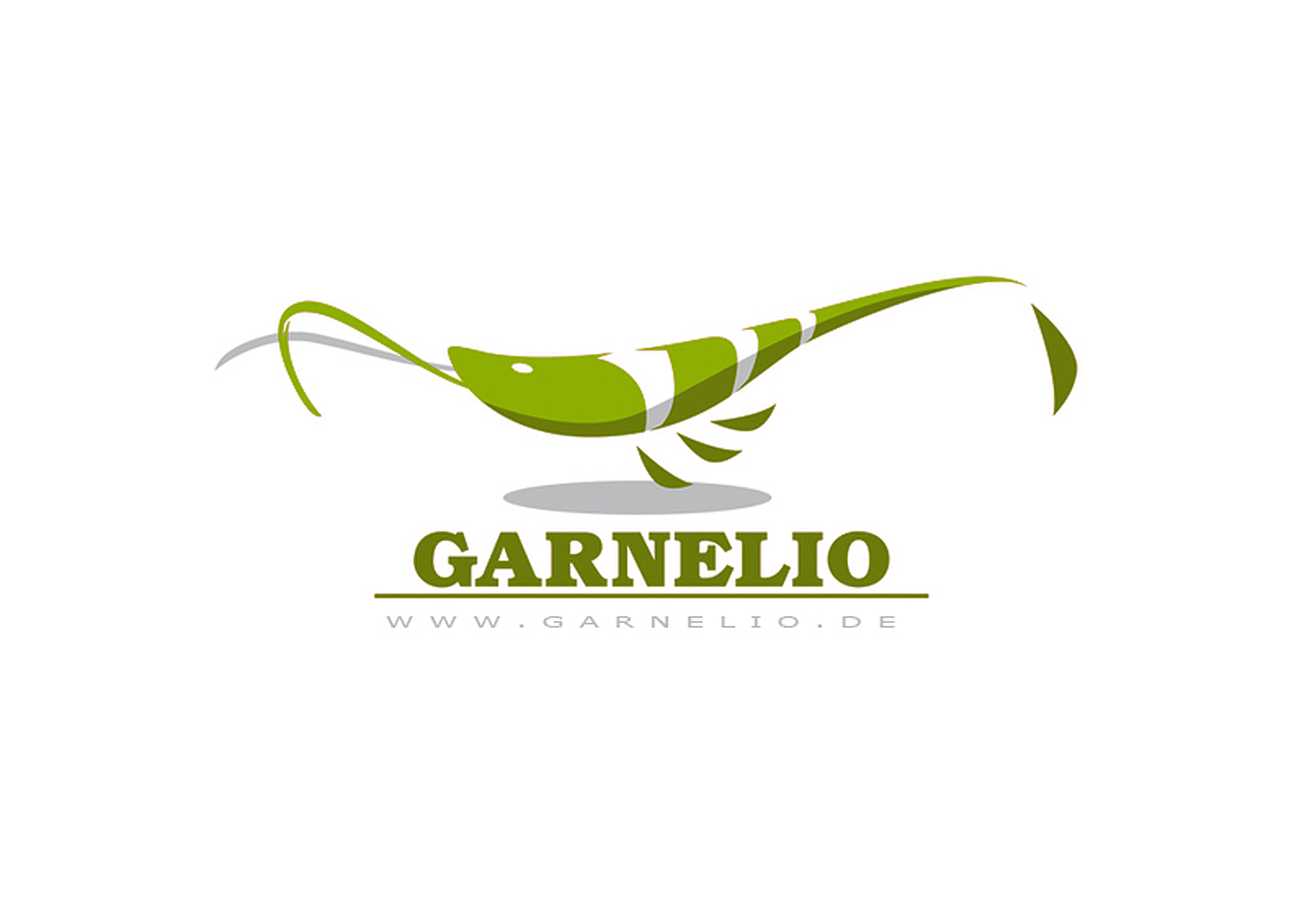
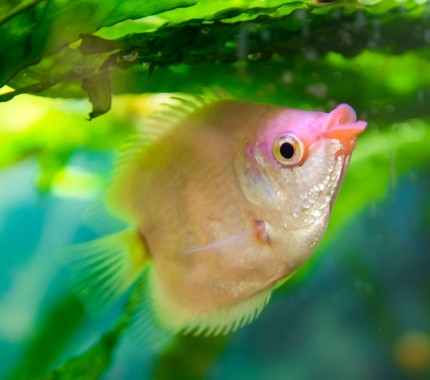
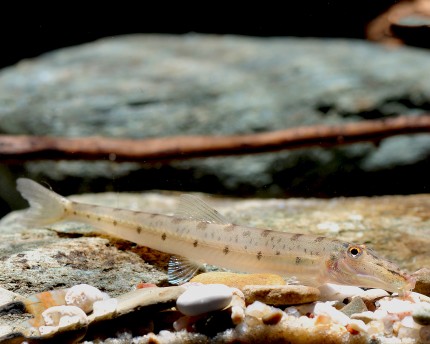
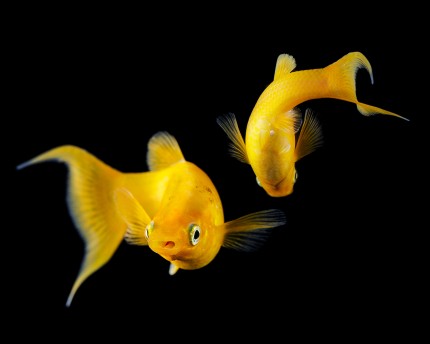
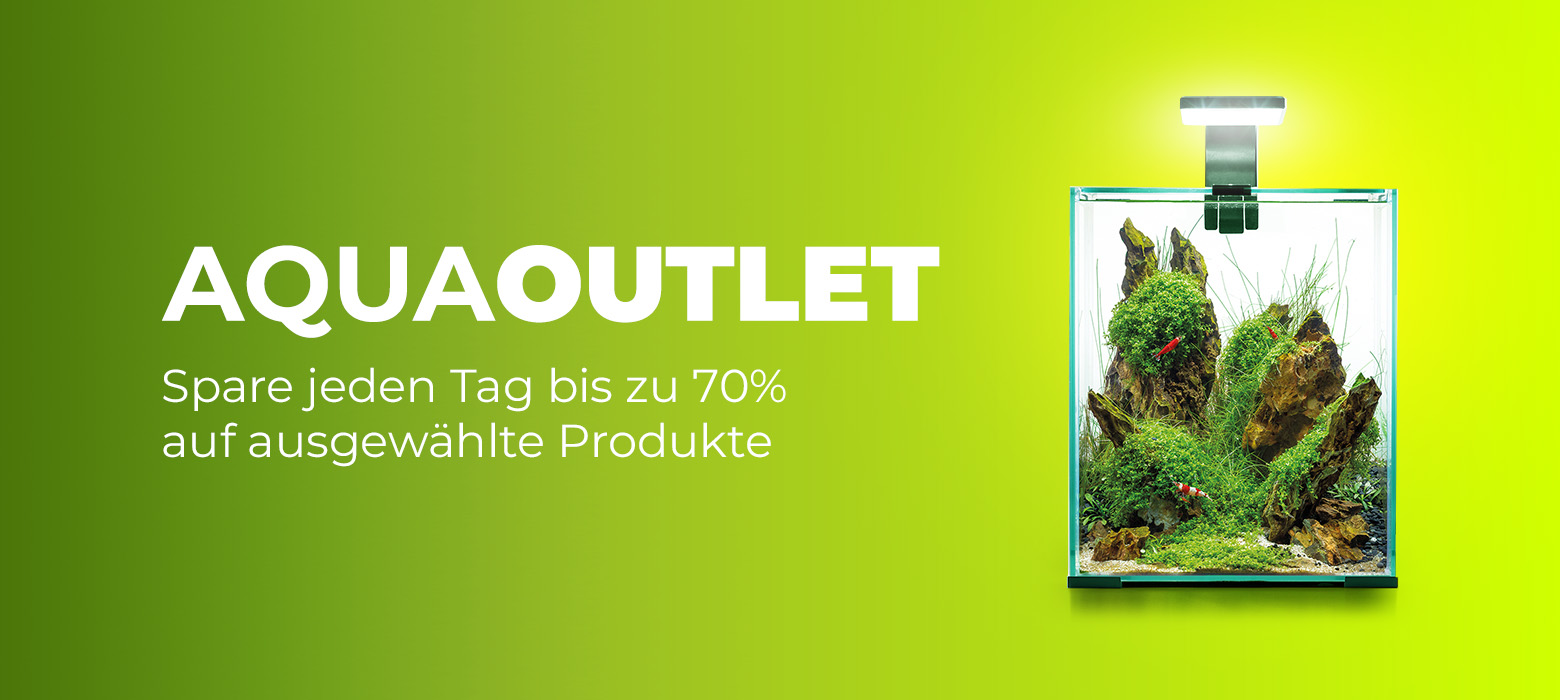
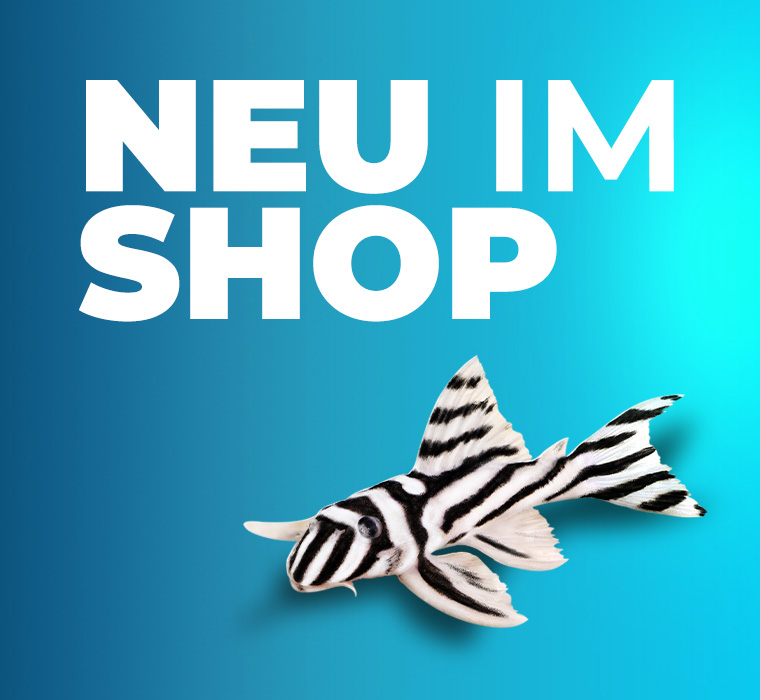
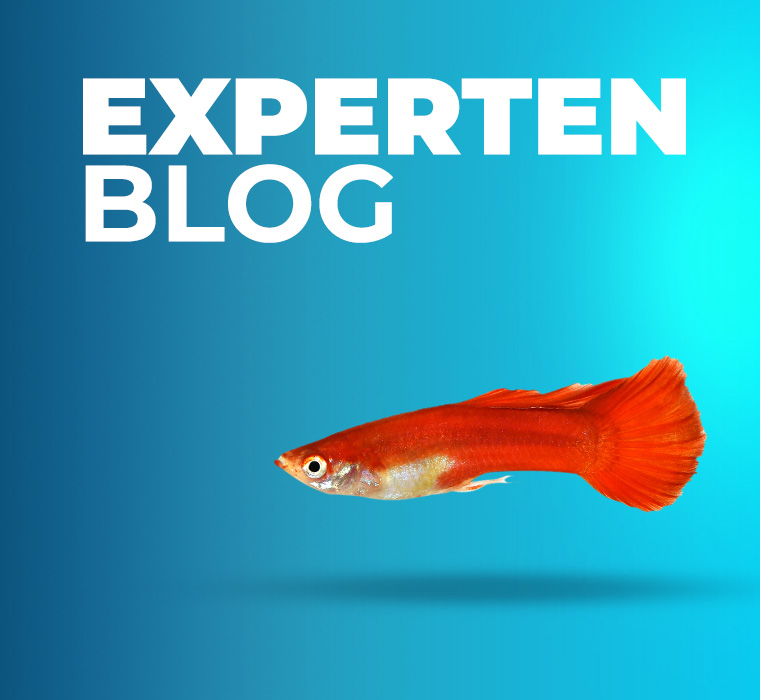

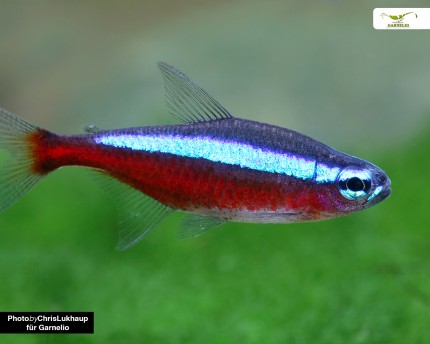
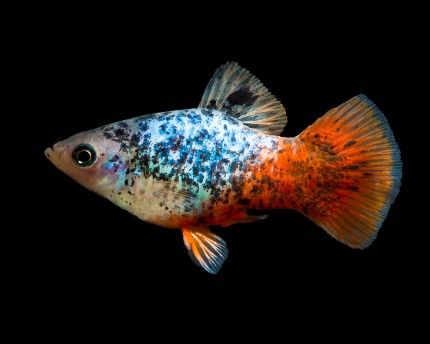
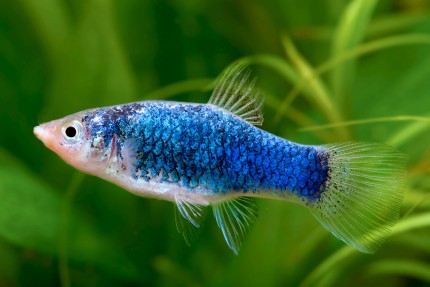
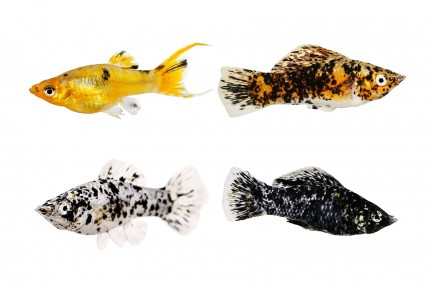
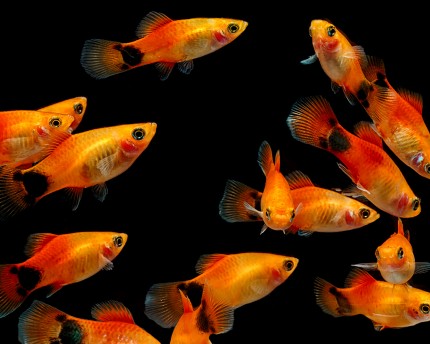
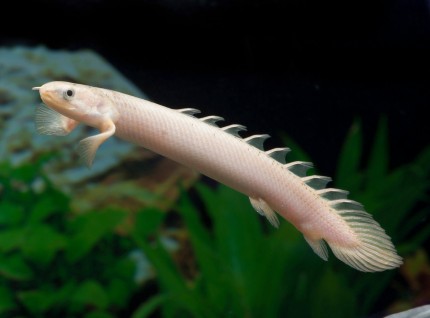
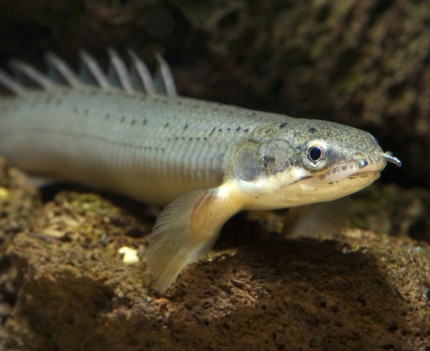

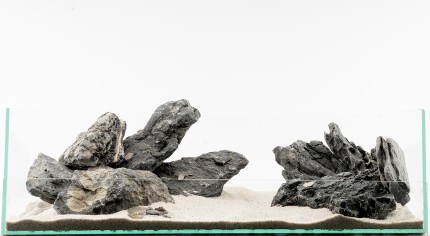
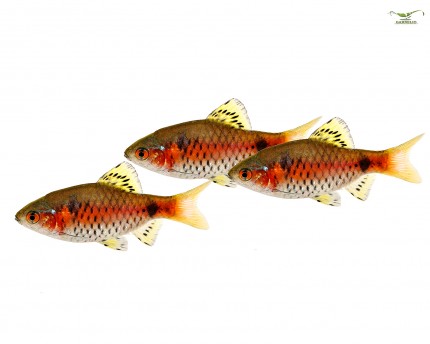
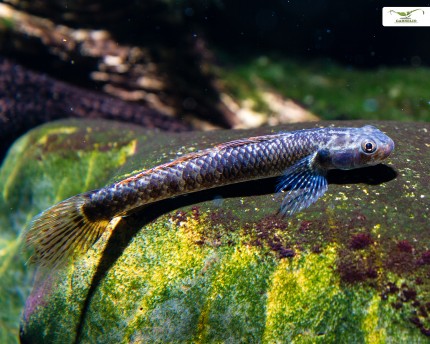
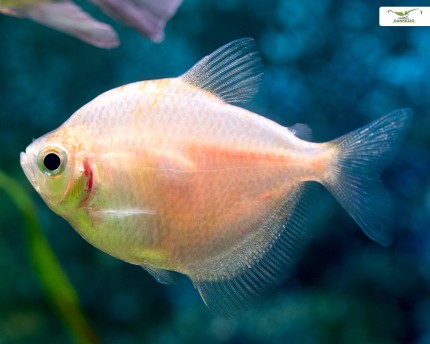

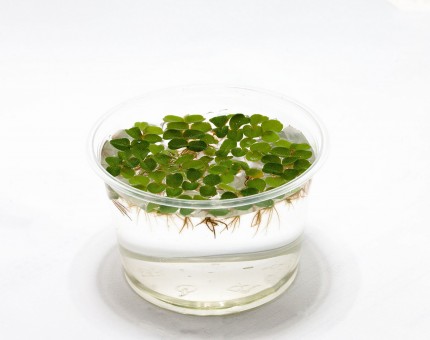
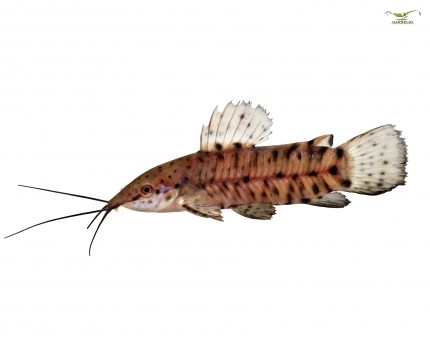
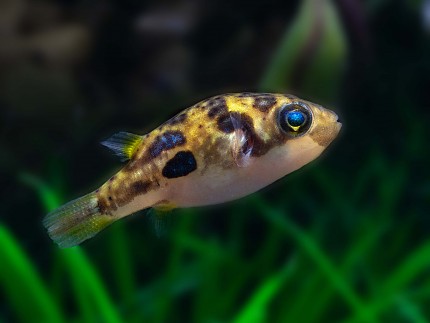
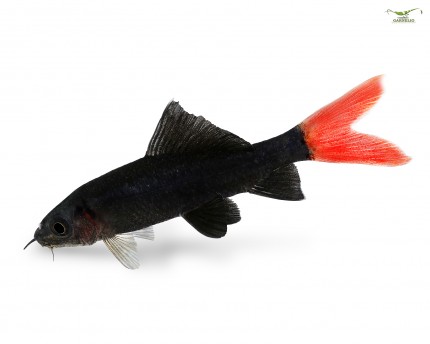
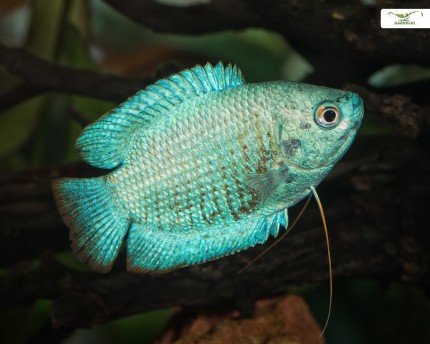
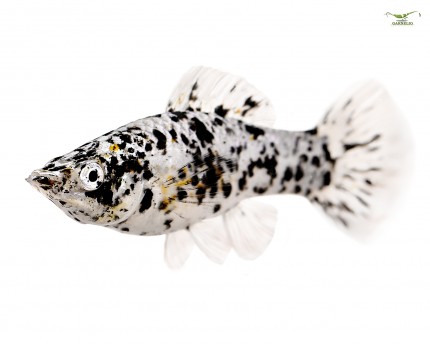
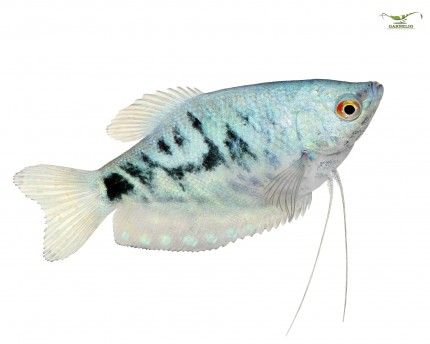
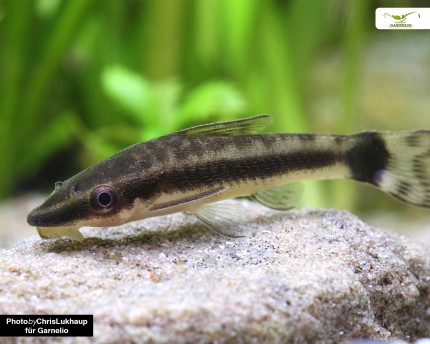
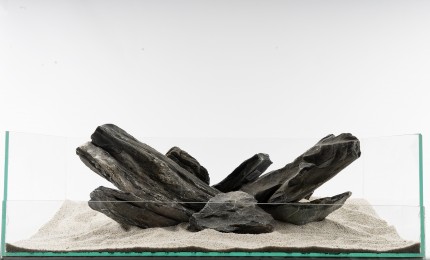
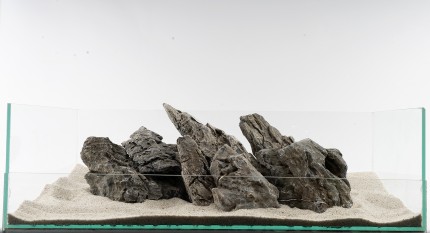
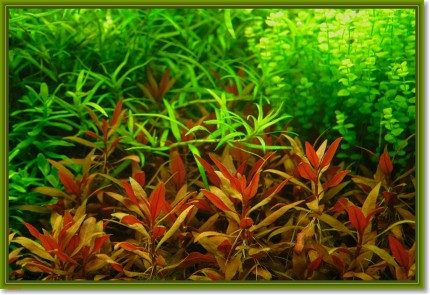
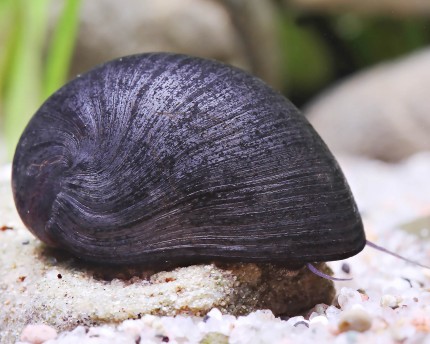
The fields marked with * are required.
I have taken note of the privacy policy.